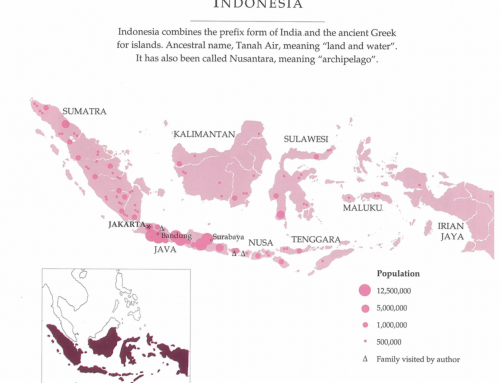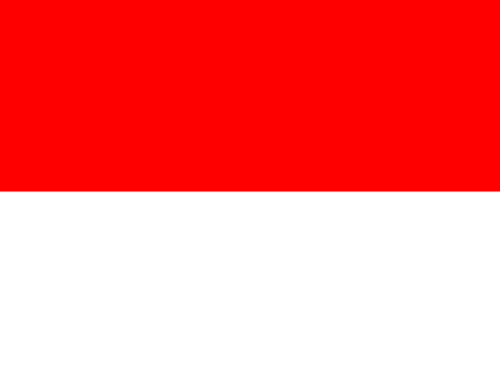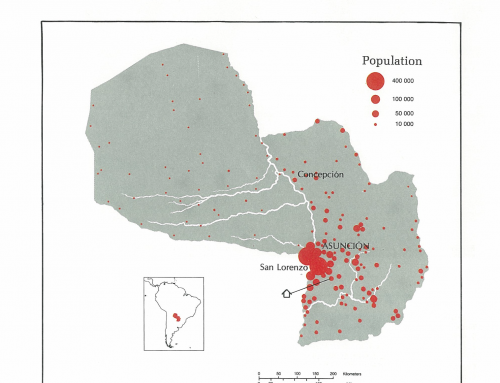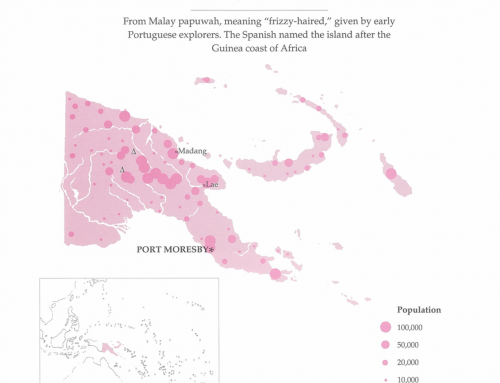GEOGRAPHY
Five coral atolls and four reef islands that extend over 560 km. in a winding line from Nanumea in the north to Niulakati in the south. The territory encompasses 1.3 million sq. km. of sea.
Max. altitude: 5 m. (16ft.)
Area: 26 sq. km. (10 sq. mi.)
Then
Density: 369 pers./sq. km. (955 pers./sq. mi.) (1989)
Arable land: no data
Forest: no data
Climate: Tropical, with few seasonal variations; trade winds blow from the east much of the year; occasional cyclones
CAPITAL: Fangafade on the island of Funafuti, pop. 2,810 (1985)
Now
HISTORY
Originally settled by Polynesians from Samoa.
1568: Spanish explorer Mendana sights the island of Nui.
Mid 1800s: Whalers flock to the surrounding waters. The arrival of European traders and forced native labour bring social changes.
1865: London Missionary Society pastors arrive and conversion to Christianity begins.
1892: Known as the Ellice Islands,Tuvalu is made a British Protectorate with the Gilberts (Kiribati).
1916: Becomes a British Crown Colony.
1942-43: The US builds an air base on Funafuti and moves the 600 residents to another island while 6,000 soldiers take over Funafuti.
1975: The Ellice group is separated from the colony and renamed Tuvalu.
Oct. 1, 1978: Full independence.
1979: The US renounces its 1856 claim to four of the islands
1981: First post-independence parliamentary elections.
1987: The UK, Australia and New Zealand contribute a total of A$17.5m towards the Tuvalu Trust Fund which it is hoped will produce revenue to cover about half the country’s annual operating budget.
1990: At the UN World Climate Conference the Prime Minister of Tuvalu appeals for urgent action by the developed nations to combat the greenhouse effect.




